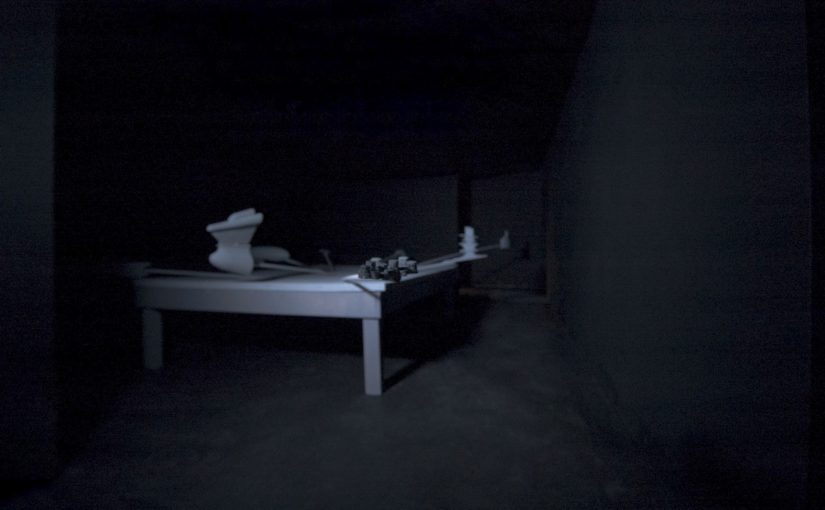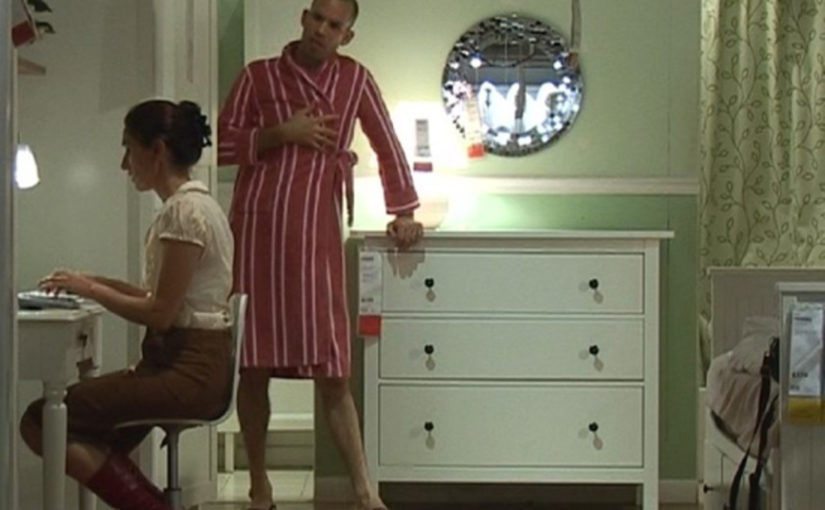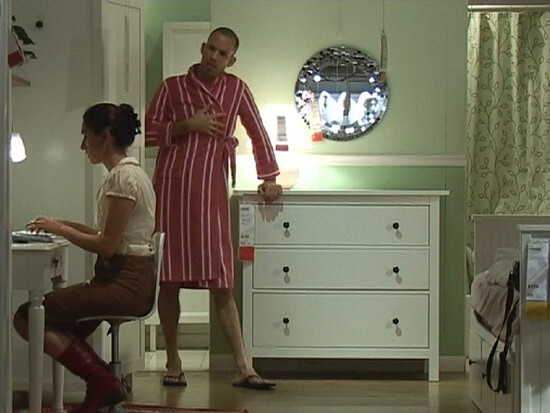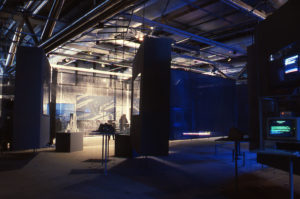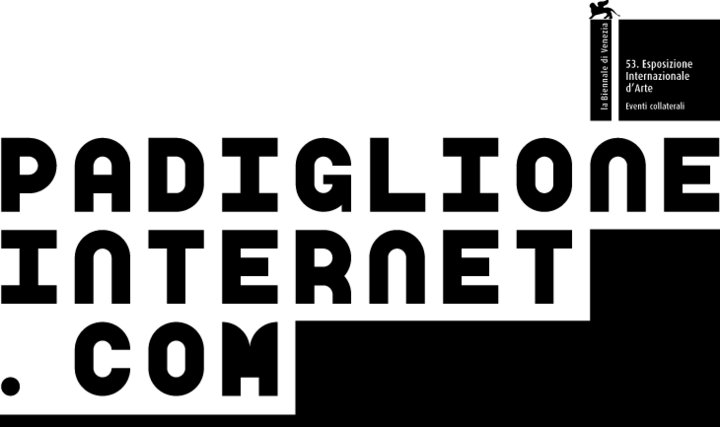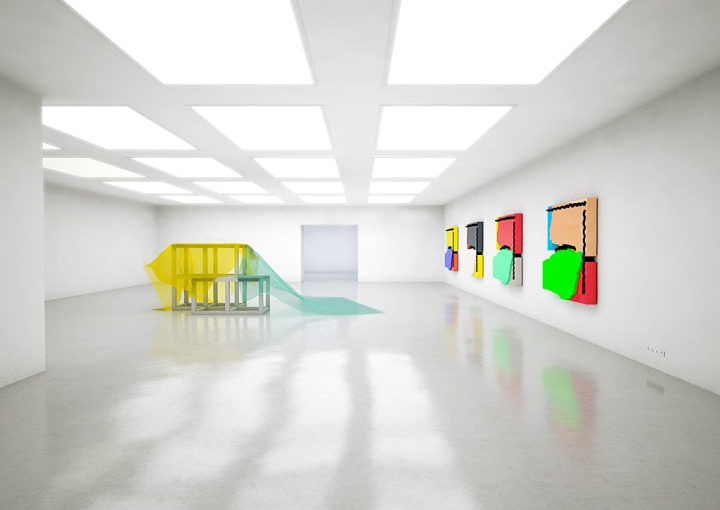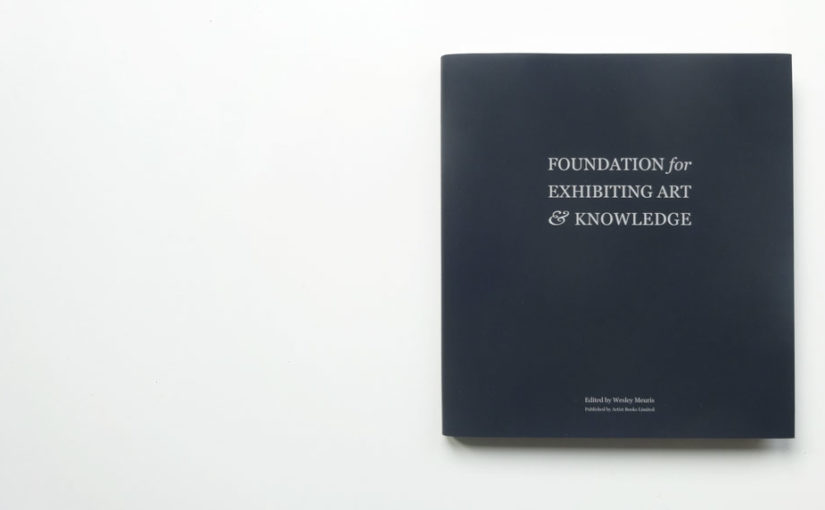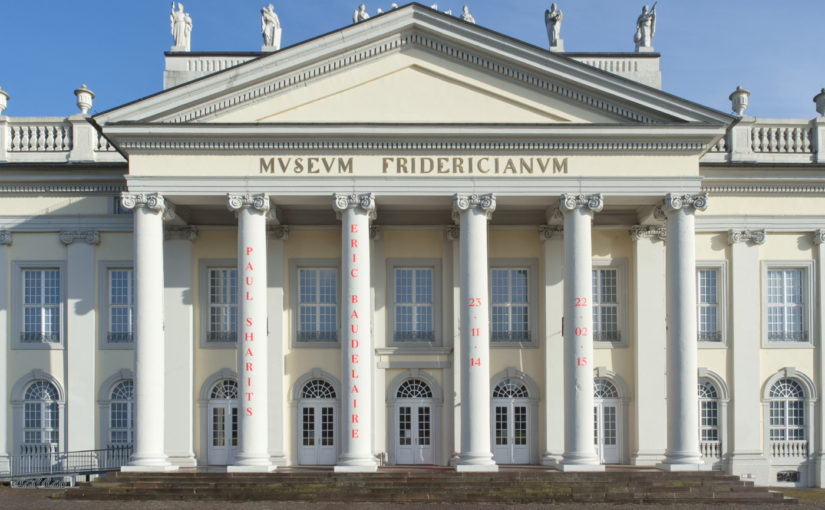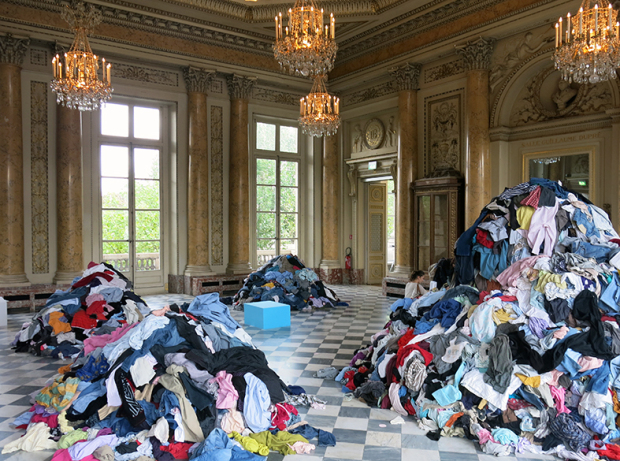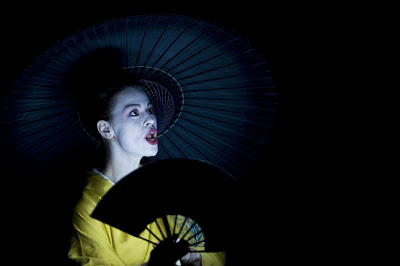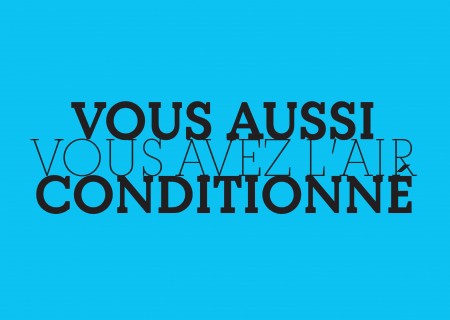
Tirant argument d’une observation attentive et décalée du lieu où elle s’inscrit, l’exposition « Vous aussi vous avez l’air conditionné » opère un rapprochement entre la notion de conditionnement et l’air conditionné, équipement incontournable des grands bâtiments du monde entier. Manipuler l’air, le dompter pour s’affranchir des contraintes du climat, le défi auquel répond l’air conditionné a inspiré à plusieurs générations d’architectes et d’artistes, des réflexions radicales et des projets utopiques associant prouesse technologique et émancipation, dématérialisation de l’architecture et bouleversement des coordonnées sociales autant que spatiales. Un premier axe se dessine dans l’exposition par le biais d’oeuvres qui prolongent et actualisent cette filiation (Berdaguer et Péjus, Chourouk Hriech) ou qui l’évoquent plus indirectement (Alexandre Gérard, Véronique Rizzo, Marc Quer). Répondant au double sens du titre, les autres oeuvres renvoient parallèlement aux différents sens et phénomènes couramment associés à la notion de conditionnement, qu’on y entende le traitement des matériaux (Nicolas Momein) ou le modelage des esprits et des corps (Olivier Dollinger, Alain Rivière), l’influence du langage (Anne-James Chaton) et des images véhiculées par les médias et la culture de masse (Arnaud Maguet). Comme le suggère la tournure affirmative de la formule-titre, l’air conditionné se fait la métaphore d’une condition commune à partir de laquelle chacun, construisant son propre parcours dans l’exposition, pourra interroger les différents « conditionnements » physiques, psychologiques et culturels qui configurent son expérience personnelle. Ainsi, la notion de conditionnement peut-être envisagée non plus seulement comme ce qui nous influence malgré nous, mais comme l’environnement au sens large que nous partageons avec d’autres – de l’air que nous respirons aux représentations collectives – et au contact duquel se forge la dimension singulière de chaque identité.
Camille Videcoq
Source : Vous aussi vous avez l’air conditionné | Marseille expos
